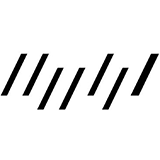Detailed introduction of Karlsruhe University of Arts and Design:
Introduction and Overview
Karlsruhe University of Arts and Design is located in Karlsruhe, Baden-Württemberg, Germany. It is a public art university focusing on the integration of art, design and theoretical disciplines. The school provides a unique and diverse learning experience for approximately 400 students. Its professional settings are closely centered around the development trends of contemporary art and design, and it is committed to cultivating art and design talents with innovative thinking and practical ability.
History and Establishment
The school was established on April 15, 1992 by Professor Heinrich Klotz and the Karlsruhe Center for Art and Media (ZKM) between 1989 and 1992. It aims to combine traditional art with media technology and electronic production processes to meet the challenges of art and education in the new era.
School Strength
Faculty: It has a group of internationally renowned professors and artists who are not only fruitful in academic research and artistic creation, but also have rich teaching experience. They can provide students with high-quality teaching and guidance, and lead students to contact and explore cutting-edge art concepts and design methods.
Teaching Resources: The school is equipped with well-equipped studios and workshops with advanced equipment, which provides good conditions for students' practical operation and creation, ensuring that students can experiment and explore in a highly innovative environment. At the same time, the school maintains a close cooperative relationship with surrounding art institutions and enterprises, providing students with abundant internship and project practice opportunities.
Research results: Remarkable results have been achieved in interdisciplinary research in the field of art and design. Its research results have not only had a wide impact in the academic community, but also provided new ideas and methods for the development of related industries. For example, research in the fields of media art and digital design has promoted the deep integration of art and technology.
Institutional nature
Public art university.
Educational philosophy
Emphasis on the cross-integration of art, design and theoretical disciplines, focusing on the combination of practice and theory, and through interdisciplinary project work, allowing students to apply theoretical knowledge to actual creation from the beginning, and cultivate students' comprehensive literacy and innovation ability. At the same time, students are encouraged to cooperate and communicate with classmates from different disciplinary backgrounds to broaden their horizons and inspire creative inspiration, so as to better adapt to the needs of modern society for diversified and compound art design talents.
Key laboratories and disciplines
Key disciplines: Media art, product design, communication design, exhibition design and stage art, art research and media philosophy and other disciplines are the key development areas of the school. These disciplines have high levels and characteristics in teaching and scientific research, and also have a certain influence internationally.
Key laboratories: The school has professional laboratories such as 3D laboratories and game laboratories, which provide advanced technical support and platforms for students' practice and research in digital art, media creation, etc., helping students master the latest creative tools and technical means to improve the quality and innovation of their works.
Department settings
The school has teaching departments such as media art, product design, communication design, exhibition design and stage art, art research and media philosophy, covering multiple levels from practical creation to theoretical research. The departments cooperate and penetrate each other to jointly build a complete art and design education system.
Ranking
The school does not appear explicitly in QS
... The campus is surrounded by convenient transportation and complete living facilities, providing convenient conditions for students' study and life.
Campus facilities: The campus is fully equipped with teaching facilities such as studios, laboratories, libraries, exhibition spaces, etc., which meet the various needs of students in the process of learning, creation and research. The school's library has a rich collection of art and design books, journals and materials, providing strong documentary support for students' study and research. In addition, there are restaurants, cafes and other leisure places on campus, providing students with space for communication and relaxation.
Campus culture: The school often holds various art exhibitions, academic lectures, workshops and other activities, and invites well-known artists, designers and scholars from home and abroad to exchange ideas at the school, creating a vibrant and creative campus cultural atmosphere, promoting artistic exchanges and cooperation among students, and stimulating students' creative enthusiasm and innovative thinking.
-
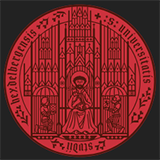
Heidelberg University
-
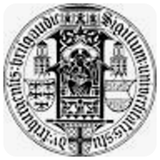
University of Freiburg
-
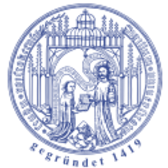
University of Rostock
-
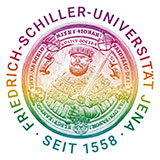
University of Jena
-
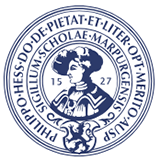
University of Marburg
-
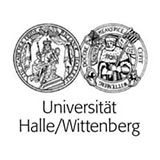
University of Halle-Wittenberg
-
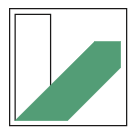
University of Bayreuth
-

Leipzig University
-
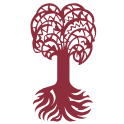
University of Tübingen
-
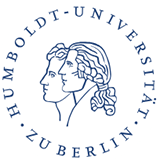
Humboldt University of Berlin
-

Mesoamerican University
-

Istmo University
-

Mariano Galvez University of Guatemala
-

Regional University of Guatemala
-

Galileo University
-

Francisco Marroquín University
-

Rafael Landívar University
-

University of the Valley of Guatemala
-

University of San Carlos of Guatemala
-

Technological Institute of Tlaxcala Plateau
-

Golfo University
-

Technological University of South Sonora
-

Technological University of Huejotzingo
-

Tizimín Institute of Technology
-

Chilpancingo Institute of Technology

